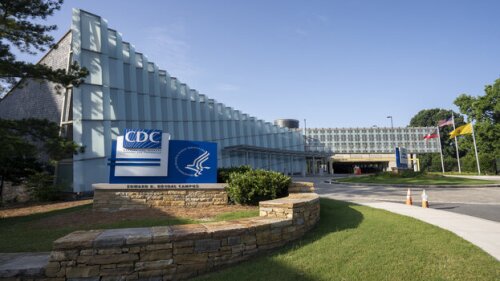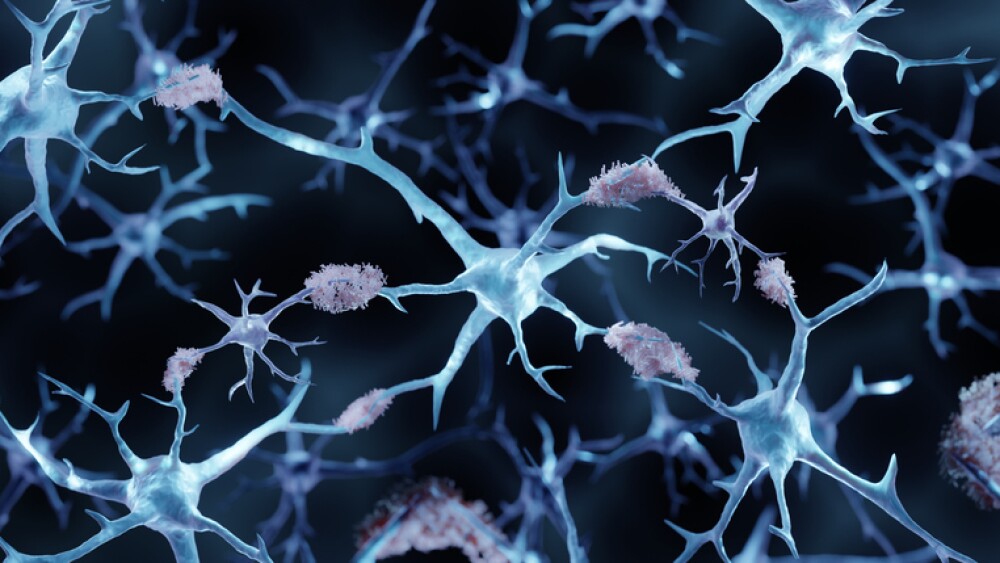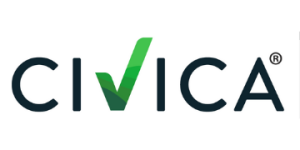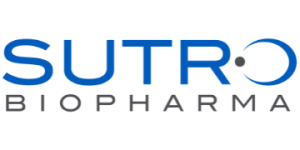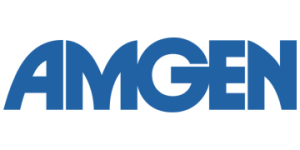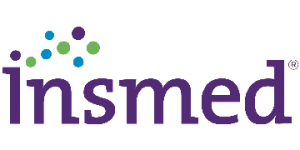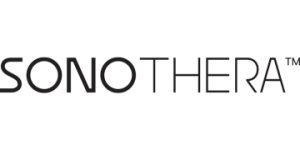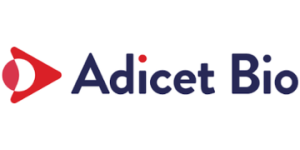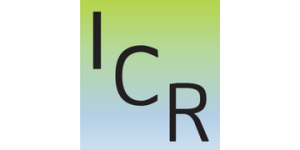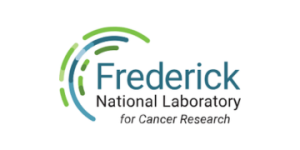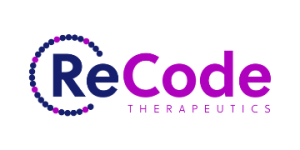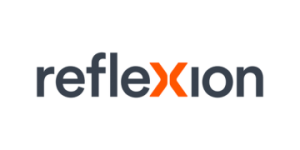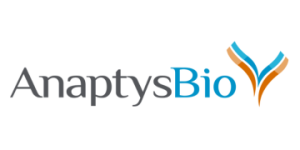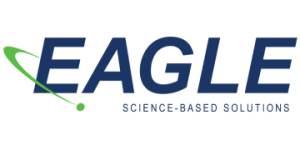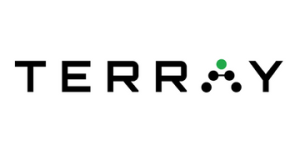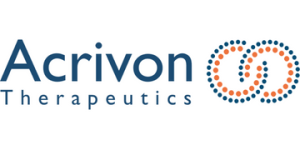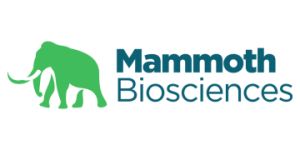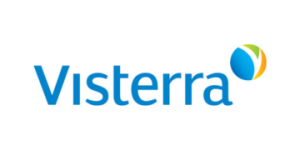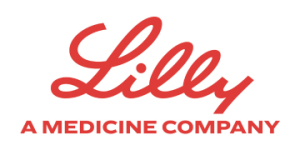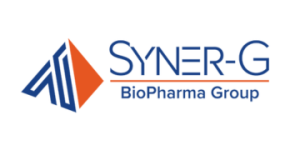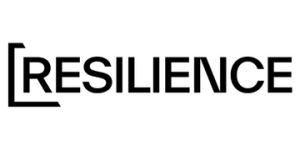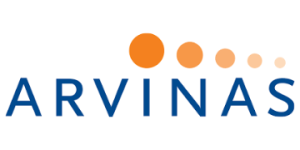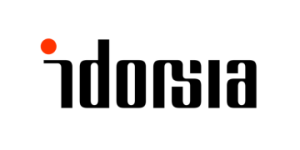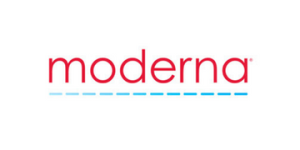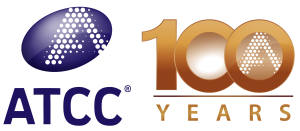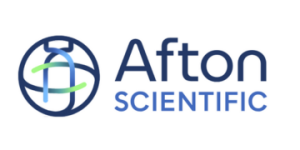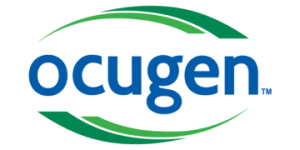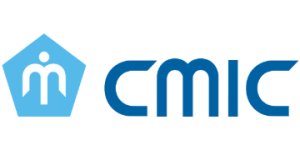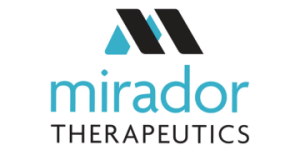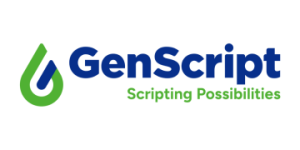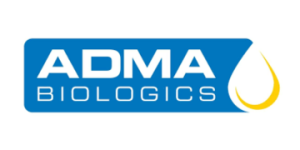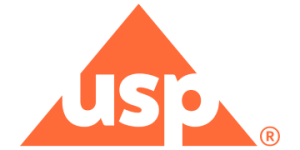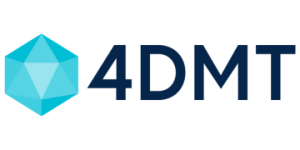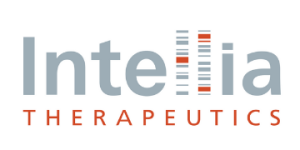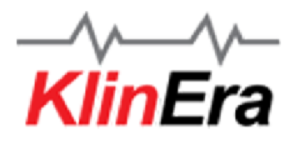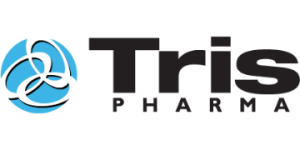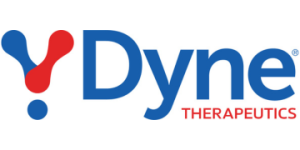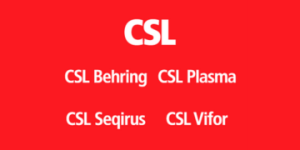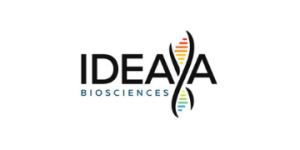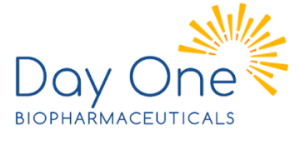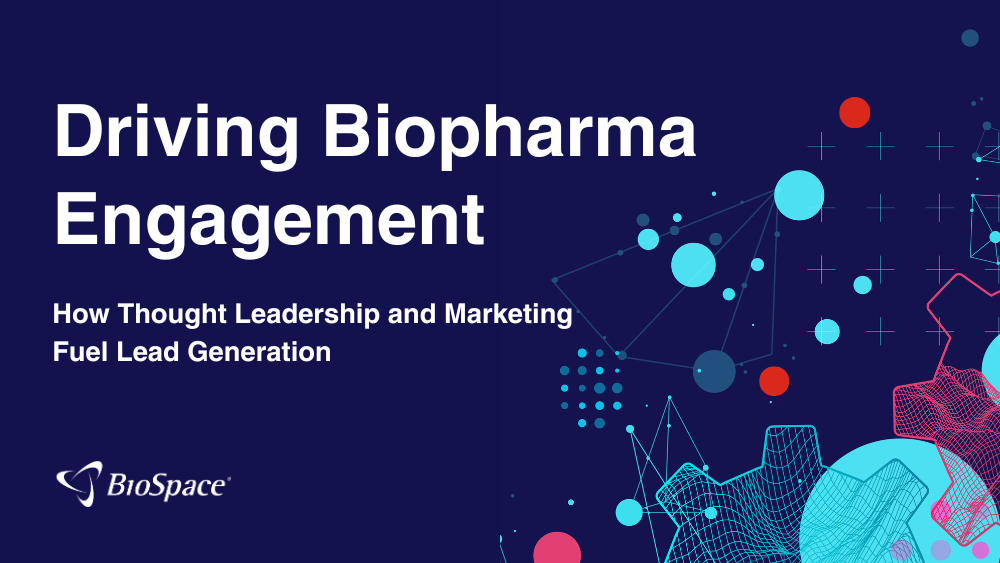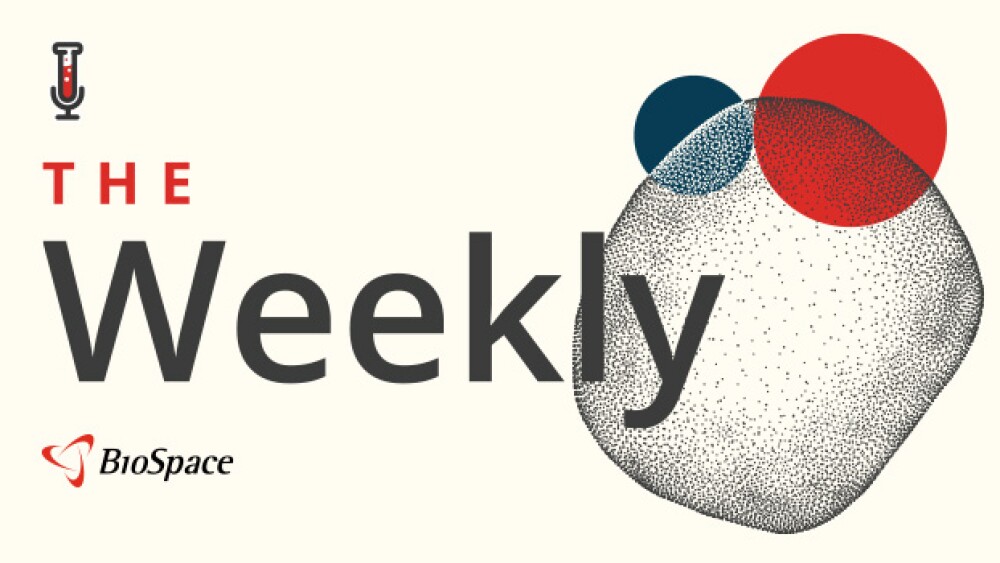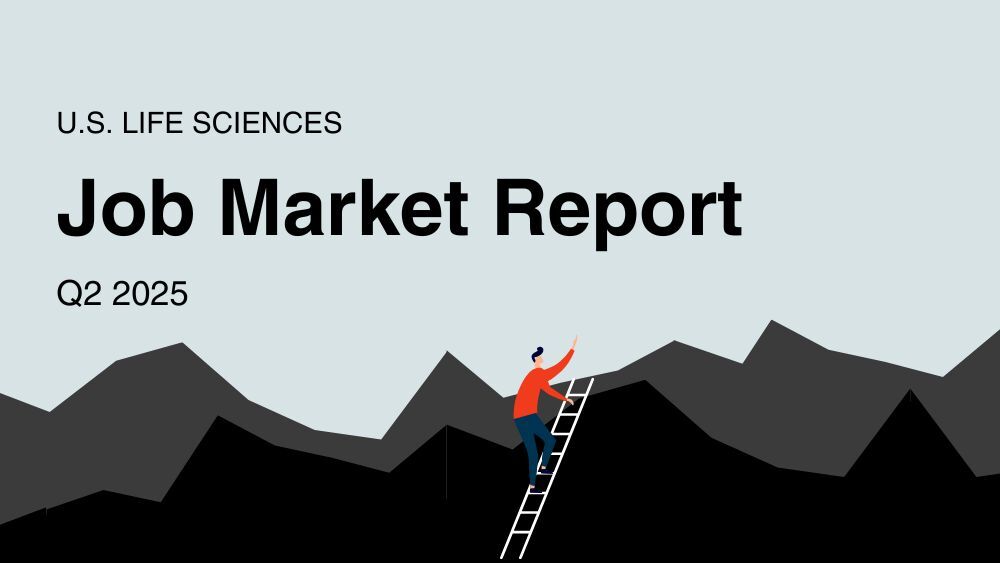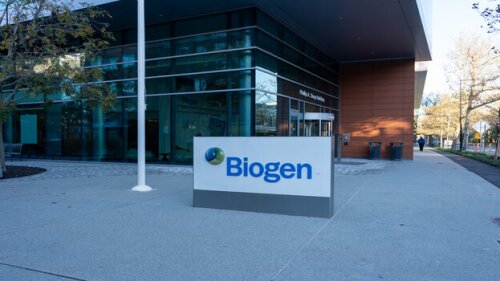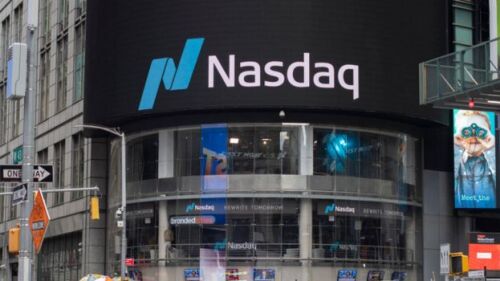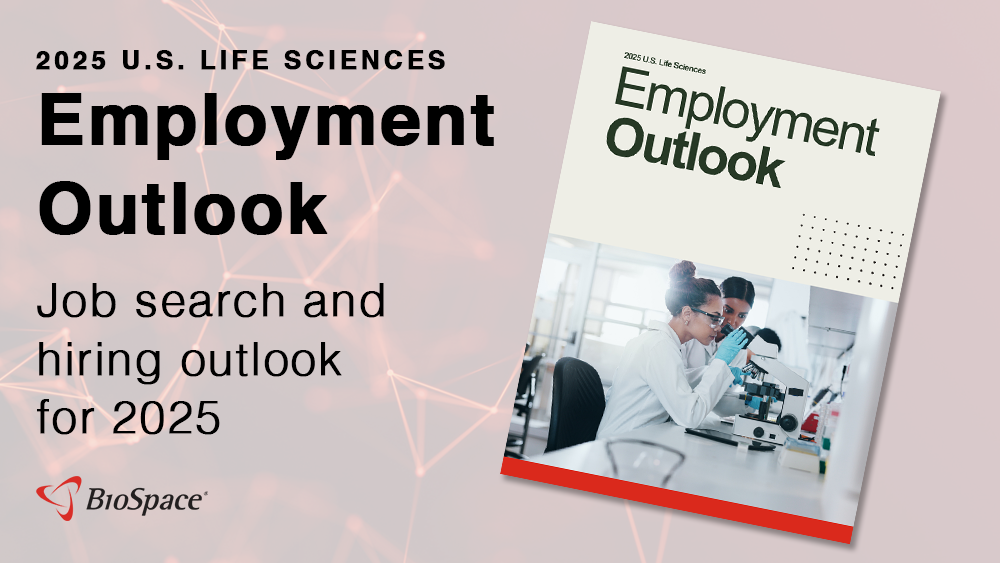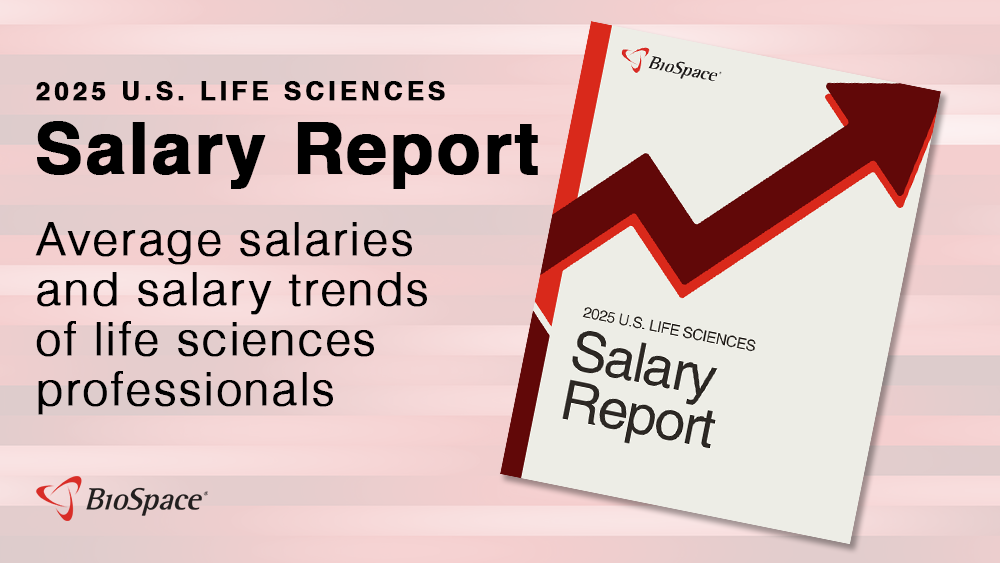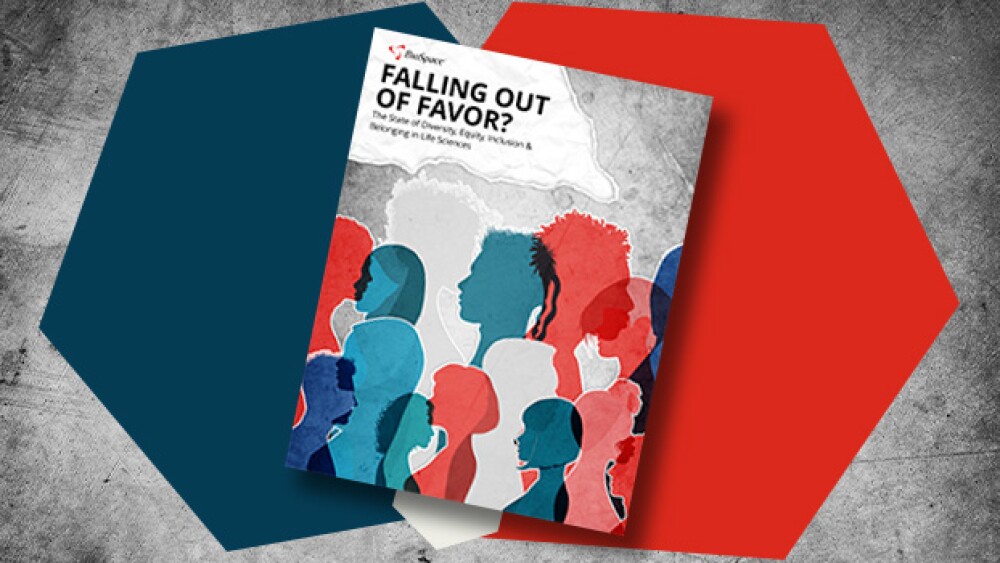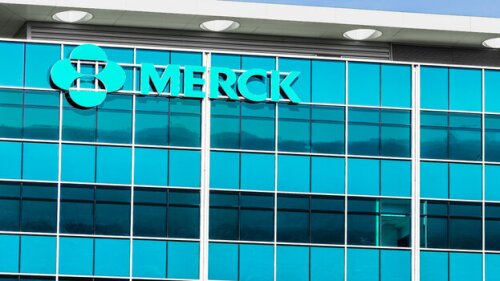The rise of monoclonal antibodies brought back hope for stalling or reversing the devastating neurodegenerative disease. Big Pharma has taken notice with a handful of high-value deals, GlobalData reports.
Digging into a prespecified analysis for the mid-stage study, INmune Bio identified some clinical and biological benefits of its TNF inhibitor in patients with early Alzheimer’s disease who have at least two biomarkers of inflammation.
In an open letter addressing the Trump administration’s proposed budget cuts to HHS, the executives urged Congress to continue “robust federal funding” for scientific research, which they say will help maintain U.S. biotech leadership globally.
In adults 50 and older, Moderna’s flu shot was more than 26% better than an unspecified commercial vaccine. In May, the company pulled its application for a combo flu/COVID-19 shot, saying it would refile following data from this Phase III trial.
As of Apr. 22, Sage had 338 full-time employees, all of whom will be laid off effective Aug. 22. The layoffs were announced a few weeks after Maryland’s Supernus Pharmaceuticals acquired Sage for up to $795 million.
The FDA’s clunky launch of Elsa, an AI tool to increase efficiency, has sparked concern from agency employees and outside experts.
FEATURED STORIES
Madrigal Pharmaceuticals, X4 Pharmaceuticals and Day One Biopharmaceuticals secured their maiden approvals this year in metabolic dysfunction-associated steatohepatitis, WHIM syndrome and pediatric low-grade glioma. Geron Corporation and ImmunityBio also notched wins.
This year saw lofty highs and devastating lows for neuroscience drug developers like Bristol Myers Squibb, Eli Lilly and AbbVie, following the predictable pattern of successes and failures that characterizes this space.
Already established as cornerstone therapies in diabetes and obesity, GLP-1 receptor agonists also show potential in several other indications, including cancer, addiction and neurodegenerative diseases.
Novo Nordisk executives set a high bar for itself when it projected CagriSema could achieve 25% weight loss. When the GLP-1 combo didn’t hit that mark, investors reeled.
Suddenly the hottest thing in biopharma isn’t a new indication, disease target or modality—it’s manufacturing, and all of pharma is going to be vying for capacity and talent.
Even as Biogen and Eisai’s Leqembi and Eli Lilly’s Kisunla slowly roll out onto the market, experts question the efficacy of these anti-amyloid antibodies and the amyloid hypothesis overall.
FROM BIOSPACE INSIGHTS
Establishing trust through thought leadership is no longer optional in today’s cautious biopharma market. Learn how strategic insights and targeted outreach can turn awareness into high-converting leads.
LATEST PODCASTS
Follow News Editor Greg Slabodkin and Managing Editor Jef Akst as they travel with some 8,000 others for discussions of cell and gene therapy advances, challenges, regulations and more.
J&J and BMS’ challenges to Medicare drug price negotiations shut down in federal court less than a week after BMS announced it was laying off more than 2,000 employees.
In the second episode of our series on women’s health, we discuss what may happen to future generations if women, the custodians of generational health, are not comfortable sharing complete medical histories.
Job Trends
Eli Lilly and Company announced positive topline results from the QWINT-2 and QWINT-4 phase 3 clinical trials evaluating once-weekly insulin efsitora alfa in adults with type 2 diabetes using insulin for the first time and those who require multiple daily insulin injections.
Subscribe to Genepool
Subscribe to BioSpace’s flagship publication including top headlines, special editions and life sciences’ most important breaking news
SPECIAL EDITIONS
BioSpace data show biopharma professionals faced increased competition for fewer employment opportunities during the second quarter of 2025, with increased pressure from further layoffs.
BioSpace did a deep dive into executive pay, examining the highest compensation packages, pay ratios and golden parachutes—what a CEO would get paid to leave.
A new generation of checkpoint inhibitors is emerging, with some showing more promise than others. From recent TIGIT failures to high-potential targets like VEGF, BioSpace explores what’s on the horizon in immuno-oncology.
DEALS
-
The pace of mergers and acquisitions has accelerated. In this deep dive, BioSpace takes a closer look at the nature of recent deals and the players involved.
-
Telix abruptly pulled the plug on its initial public offering plans to begin trading Friday on the Nasdaq, saying the company “did not feel that the proposed discounts were aligned with its duty to its existing shareholders.”
-
Biogen recently bolstered its pipeline with a potential $1.8 billion acquisition of Human Immunology Biosciences, following other big players looking to cash in on a global immunology market estimated to grow to $257 billion by 2032.
-
In an SEC filing on Friday, Alumis said it aims to start late-stage trials of a TYK2 inhibitor in plaque psoriasis this year and is seeking public funding for the studies.
-
After rejecting a previous takeover offer from Future Pak, Vanda Pharmaceuticals is now fielding another acquisition proposal from Cycle Pharmaceuticals, which values the biotech at $8 per share.
WEIGHT LOSS
-
Novo Nordisk and Eli Lilly are expected to rule the obesity market for a few more years without much challenge. To ensure they stay there as competition enters, the companies are spending billions in licensing and M&A deals.
-
Amid a flurry of weight loss readouts, a fresh-on-the-scene startup has come out with Phase I results showing weight loss at day 36 on par with or better than competitors, with few gastrointestinal side effects.
-
In a high-profile showdown Tuesday with Sen. Bernie Sanders’ Senate health committee, Novo Nordisk CEO Lars Fruergaard Jørgensen will be asked to defend the drugs’ U.S. monthly list prices of $969 and $1,349, respectively.
-
Novo Nodrisk’s cannabinoid receptor–targeting obesity pill was picked up in the $1.1 billion acquisition of Inversago Pharmaceuticals last year.
-
With Thursday’s positive opinion from the Committee for Medicinal Products for Human Use, the matter now heads to the European Commission which will have the final say on whether Wegovy’s label will be updated.
POLICY
-
In the five weeks since Donald Trump returned as U.S. president, the FDA, NIH and CDC have been thrown into disarray, with meetings regarding vaccines and rare diseases canceled or indefinitely postponed—all without a clear reason why.
-
The back-to-back high-level disruptions in vaccine policy under Robert F. Kennedy Jr. comes as the U.S. records its first death from measles since 2015.
-
While many industry players and observers have high hopes for the EPIC Act, some say budgetary headwinds could make it difficult for the current administration to make meaningful repeals or amendments to the IRA.
-
The Outsourcing Facilities Association, a trade group representing compounders, filed a similar lawsuit in October last year after the FDA formally ended the tirzepaptide shortage.
-
Samsung Bioepis allegedly entered into an agreement with a third-party health company, allowing it to market its own private label of a Stelara biosimilar.
The pharmaceutical industry is full of job opportunities for people in various fields. Read on to find out more information about high-paying pharma industry jobs.
Are you looking for doctor careers in the pharma sector? Here is everything you need to know about how you can choose a reputable and growing pharma career.
Before going for pharmaceutical jobs interviews, you should be prepared to give the best answers possible. Here are six questions you should be ready for.
Finding a job in the pharmaceutical industry can be challenging. Find out which skills can help you score your dream pharmaceutical company job.
How can you show employers that your skills are current, despite being out of work for months or years?
Trying to develop a career in pharma may be overwhelming when you think about it. However, this article can help!
HOTBEDS
REPORTS
In this Employment Outlook report, BioSpace explores current workforce sentiment, job activity trends and the prospective job and hiring outlook for 2025, particularly as it compares to the previous year.
BioSpace’s third report on diversity, equity, inclusion and belonging in life sciences examines dramatic shifts in attitude around diversity initiatives.
CANCER
-
As market values increase for computational biology and data science, biopharma companies are looking to hire R&D professionals in those areas. A biotech talent acquisition expert shares his insights on these in-demand roles.
-
Regulators squeezed in two final approvals before the calendar change with the UK approval of Merck’s Winrevair and the FDA’s greenlight for an injectable formulation of BMS’s cancer blockbuster.
-
First approved in 2021, Jemperli has now become a cornerstone of GSK’s cancer business, earning more than $160 million in the third quarter.
-
Both vibostolimab and favezelimab have had disappointing runs leading up to their termination, sustaining several late-stage failures.
-
The FDA cited issues with a manufacturing facility as the reason for the rejection. J&J is currently “working closely” with the regulator to resolve these problems.
NEUROSCIENCE
-
Roche drops a third Alzheimer’s candidate this year, terminating a partnership with UCB just four years after agreeing to work together on new treatments for the neurological disease.
-
Seaport Therapeutics, kick started by the former leaders of Karuna Therapeutics, has raised $225 million in an oversubscribed Series B to fund a pipeline of neuropsychiatric medicines.
-
BMO Capital Markets analyst Evan Seigerman in a note to investors said the late-stage data for Vertex’s experimental non-opioid pain medication “reaffirms our confidence in the strength of suzetrigine’s profile.” However, William Blair analysts view these data as “an incremental positive” as the company faces challenges in targeting the acute pain market.
-
Wave Life Sciences in a Tuesday filing with the SEC said Takeda has elected to terminate its option to continue work on Wave’s WVE-003 clinical-stage Huntington’s disease program—a potential $5 billion commercial opportunity, according to the biotech.
-
Johnson & Johnson is cutting several programs—most of which are in neurology and psychiatry—as the company also pulls back from the infectious diseases market.
CELL AND GENE THERAPY
-
With the help of third-party investors, the new venture will focus on three genetic and rare diseases: tuberous sclerosis complex, erythropoietic protoporphyria and alpha-A1 antitrypsin deficiency.
-
The recent invalidation of an AAV gene therapy patent overlooks the complexity of innovation in biotechnology and could put a broad swath of intellectual property at risk.
-
Regeneron, Akouos and Mass Eye and Ear are testing therapies that can reverse genetic protein deficiency to restore hearing, with promising early results.
-
Likely to miss its initiation target, bluebird bio has renegotiated the loan deals of its agreement with Hercules Capital, giving it until June 30 next year—at the latest.
-
Eli Lilly’s new research and development facility in Boston’s Seaport district will focus on DNA- and RNA-based therapies, as well as other priority areas such as diabetes and obesity.



